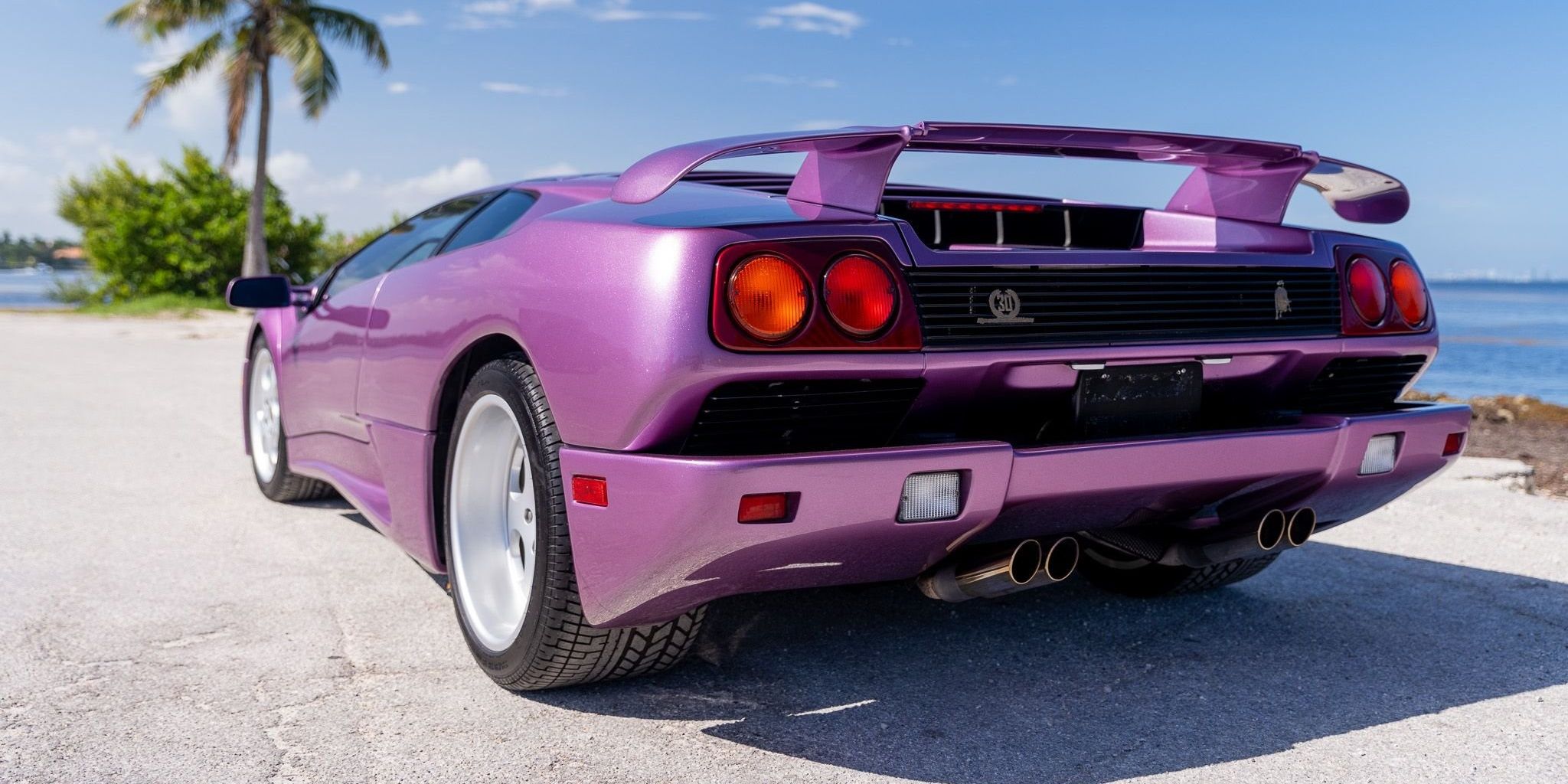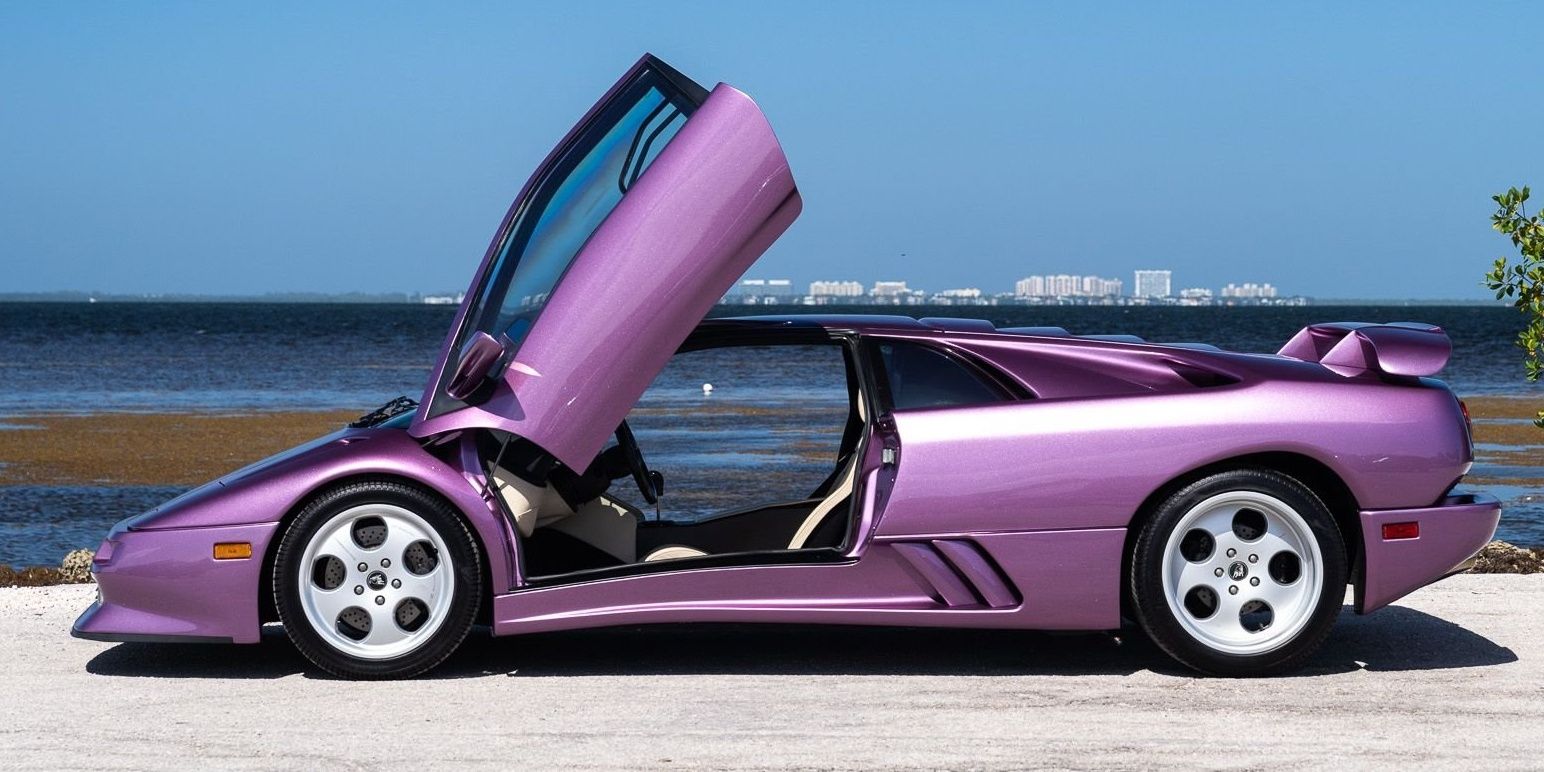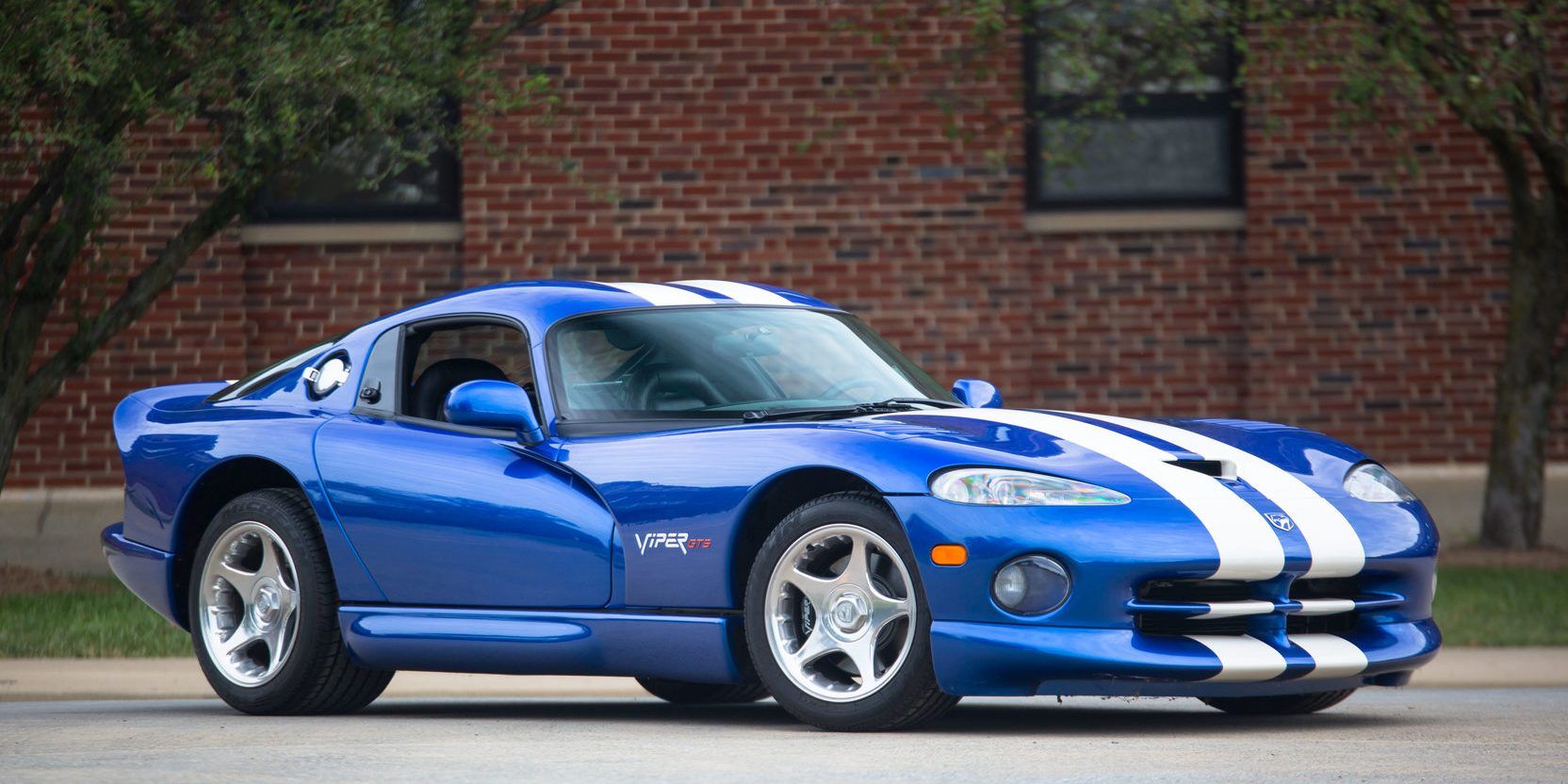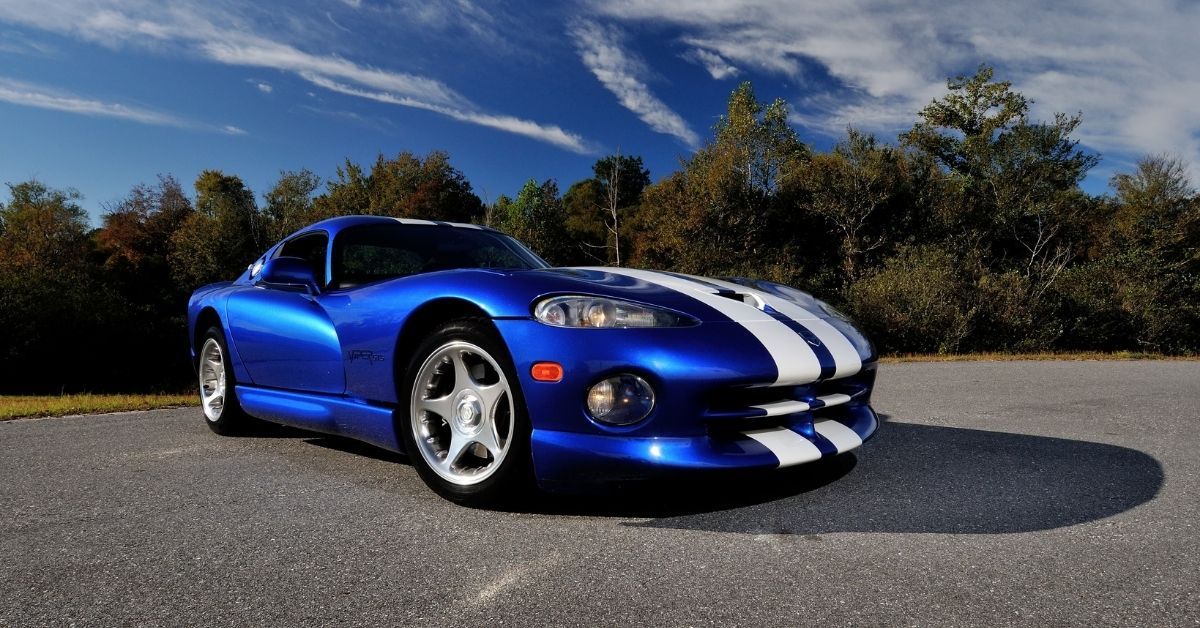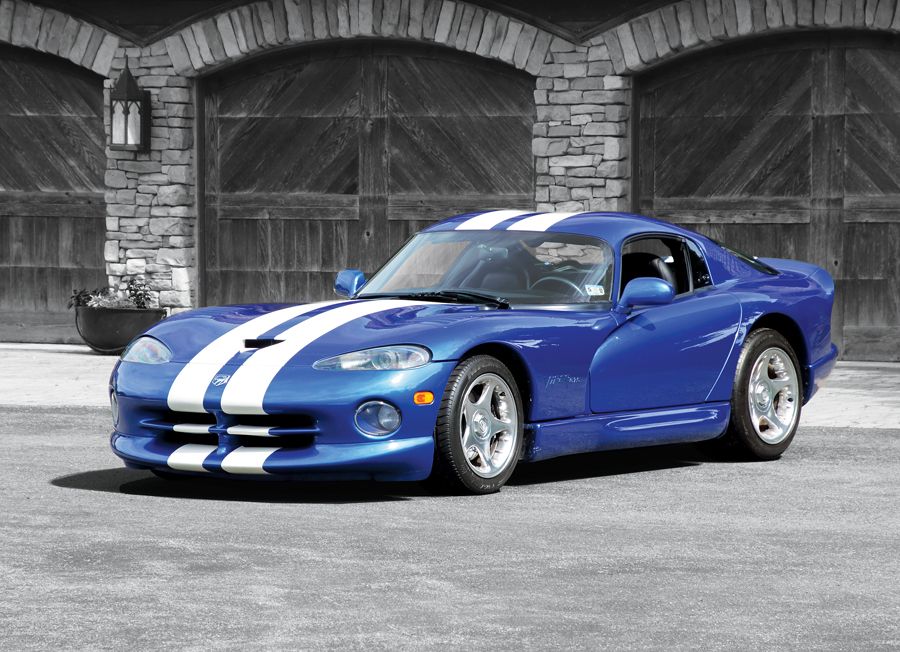The ‘90s were a time when every automaker was experiencing some form of financial struggle. It was also during this time, the JDM scene started going live. You had every kid in town envying Nissan GT-Rs and Toyota Supras, giving native-breds a run for their money. Chrysler, who was having a tough time decided to take a different approach. They had an idea for a modern Cobra. And hence, the Viper.
The JDM culture really didn’t take a toll on the supercars. Brands like Lamborghini had other plans with a replacement for the aging Countach. The successor had to look as extravagant as it could possibly be whilst making all the right noises. Lo and behold, the Diablo was born.
While the Viper was marketed under Dodge as a high-performance sports car, the Lamborghini Diablo was quite frankly a full-blown supercar. Pitting each other seems inappropriate, but the Viper came with a dual personality that could challenge the wild Diablo.
Choosing a winner is largely down to choice. You cannot replace the exuberance of a Lamborghini and the sheer duality of the Viper. However, from a rational standpoint, the Viper was incredibly cheap versus the Lambo.
That said, it’s almost impossible to overlook a Lamborghini and its sense of occasion. No matter what the Viper has under its sleeves, it can’t outweigh Italian royalty.
Lamborghini Diablo: A Brief
If you know you Lambos, the Diablo wouldn’t be something new to you. However, if you’re unsure of where it falls in the Lamborghini lineup, here you go. Lamborghini brought out the Diablo as a replacement to the aging Countach. In typical Lambo fashion, the successor to the Countach was indeed named after a fighting bull. The design of the car was contracted to Marcello Gandini, who had designed its two predecessors. When Chrysler Corporation bought the company in 1987, its management was uncomfortable with Gandini's designs. As a result, the project was commissioned to their in-house design team in Detroit. They decided to smoothen the sharp styling cues from Gandini’s design and called it the Diablo. Under its new leadership, the Diablo was introduced in 1990 and had a lifespan of around 11 years when it was replaced by the Murcielago in 2001.
Lamborghini until the Aventador used various iterations of the V12 developed by Giotto Bizzarini. Lovingly called the Bizzarini V12, the engine inside the Diablo displaced 5.7-liters and made around 485 horsepower and 428 lb-ft of torque. Coupled to a 5-speed manual transmission, the Diablo carried over the rear-wheel-drive platform from the Countach albeit with some tweaks. The 1990 Lamborghini Diablo could reach 0-60 in about 4.5 seconds, with a top speed of 202 mph. There were various iterations of the Diablo in the form of the Roadster, VT (all-wheel-driven), VT Roadster, Diablo SV, SE 30, and the final iterations called VT 6.0, VT 6.0 SE wherein, the existing 5.7-liter V12 was replaced with a 6.0-liter unit.
Dodge Viper: A Brief
The Viper is no stranger to any American. Although many claim the Dodge Viper to be a supercar, we’ll gloss over that since a good chunk of the community likes to think otherwise. Because Chrysler was struggling at the time, it was important that they made a radical choice. With previous attempts failing miserably, they had to get back to the drawing boards. The Viper was initially conceived in late 1988 at Chrysler's Advanced Design Studios. The team was given the idea of designing a modern Cobra and boy, did they deliver. A concept was shown at the NAIAS of ’89 and the people loved it. Originally engineered to be a performance car, the Viper had no exterior-mounted door handles or key cylinders and no air conditioning.
Since Chrysler owned Lamborghini at the time, they were told to design an engine for the Viper. Lamborghini made use of Chrysler’s LA V8 and gave birth to an 8.0-liter V10 with a set of cool side-exit exhausts. The first Dodge Viper made around 400 horsepower and 465 lb-ft of torque and was rear-wheel driven. The 1991 Dodge Viper could reach 0-60 in about 4.2 seconds, with a top speed of 165 mph.
Lamborghini Diablo Vs Dodge Viper: The Winner
Technically, since both companies were owned by Chrysler, it’s more of a sibling rivalry. Also, if it’s a fight from a supercar standpoint, then the Viper loses since the term supercar is given to a vehicle capable of reaching 200 mph. But, value-wise, the Dodge Viper’s $50,000 base MSRP back when new was a bargain as opposed to the Diablo’s $225,000. Once again, we like to point out that for the price and demographic it garnered, the Viper was a game-changer, while the Diablo was reserved for the well-heeled. Each posed their own USPs and stayed true to what they represented. Today, however, if depreciation is to be considered, the Dodge Viper is the better option since owning a pre-2000s Lamborghini could result in catastrophic service bills.
Sources: YouTube, Caranddriver, Classic car


